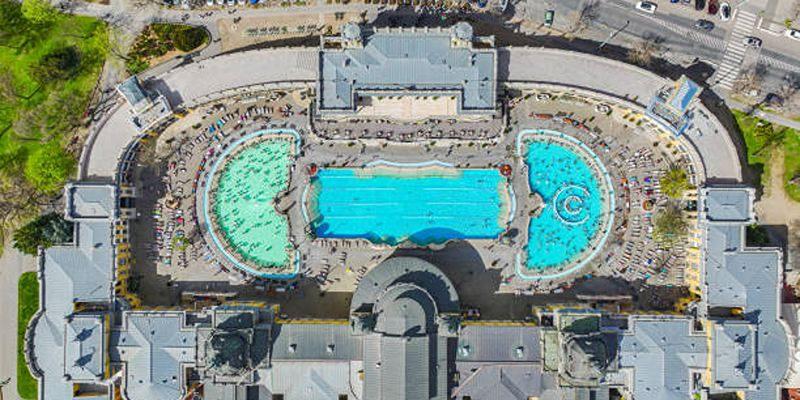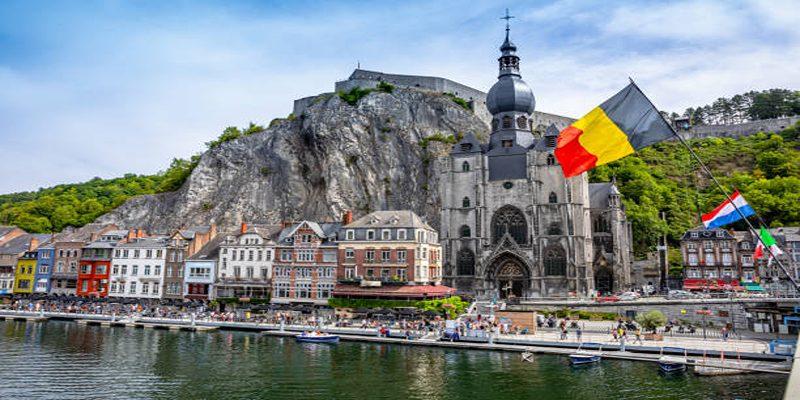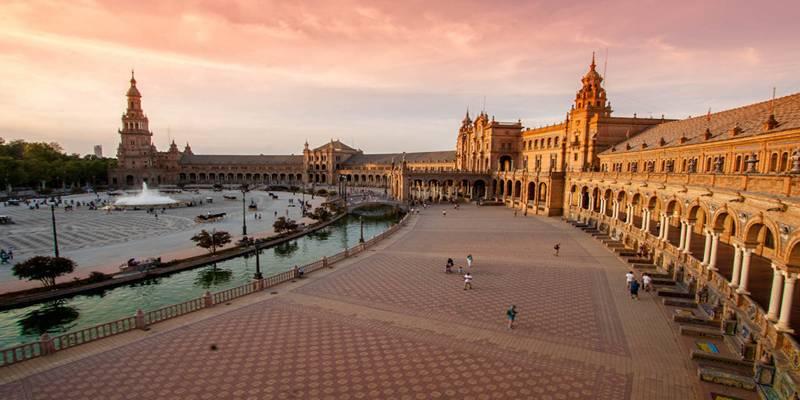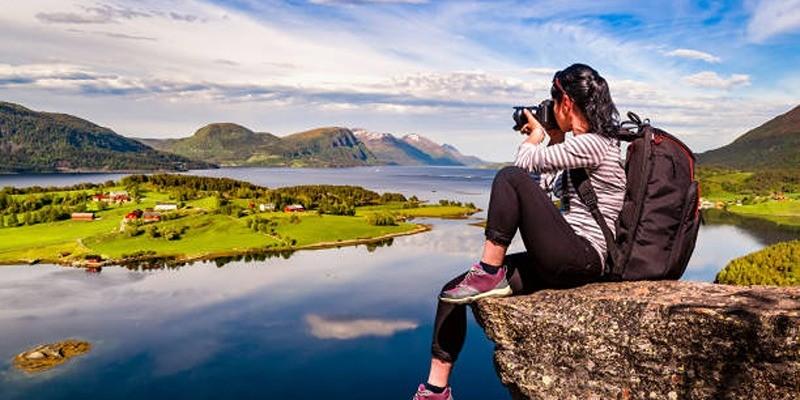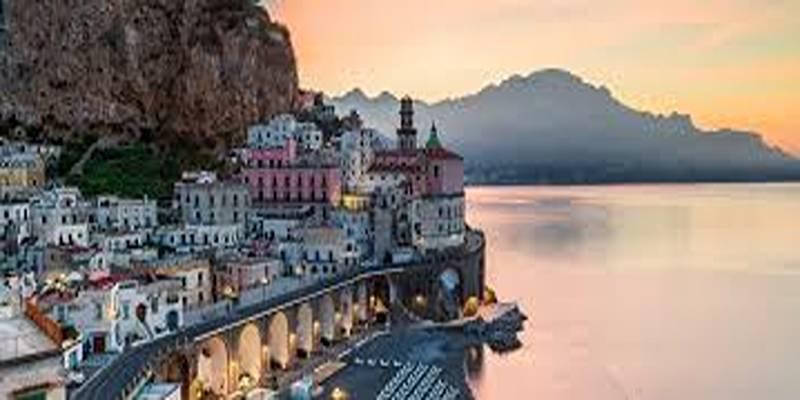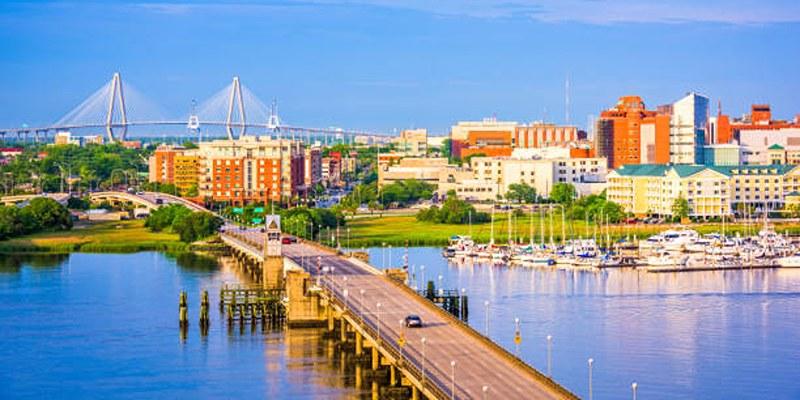Cycling in France is more than a hobby—it’s a national pastime, supported by dedicated routes, reliable infrastructure, and an appreciation for slow travel. For travelers looking to embark on a multi-day adventure, Paris offers the perfect departure point. The city is at the crossroads of several scenic and bike-friendly routes that connect urban energy to France’s lush countryside, charming towns, and coastlines.
Here are 5 of the best long-distance cycling routes that begin right in Paris, offering a mix of terrain, duration, and experience, suitable for both intermediate and experienced cyclists.
1. Paris to Mont-Saint-Michel (Approx. 350 km)
This iconic cycling route takes riders west from Paris toward the tidal marvel of Mont-Saint-Michel, a journey filled with scenic views, peaceful villages, and relaxing countryside terrain. The route begins on city bike paths and quickly shifts into quieter roads leading through Rambouillet and Chartres.
Chartres is known for its vibrant local scene and bike-friendly cafes, making it a popular overnight stop. Further along, the trail passes through forested sections and open fields around Domfront, a town surrounded by nature and low-rise farmland.
Cyclists approaching the final leg will begin to see the dramatic silhouette of Mont-Saint-Michel on the horizon—one of the most rewarding moments of the entire ride. This route is well-suited for those planning a five to six-day journey with regular rest stops. Its distance is manageable for moderately experienced cyclists, and accommodation options are widely available through rural inns and small hotels.
2. Paris to the Loire Valley (Approx. 250–300 km)
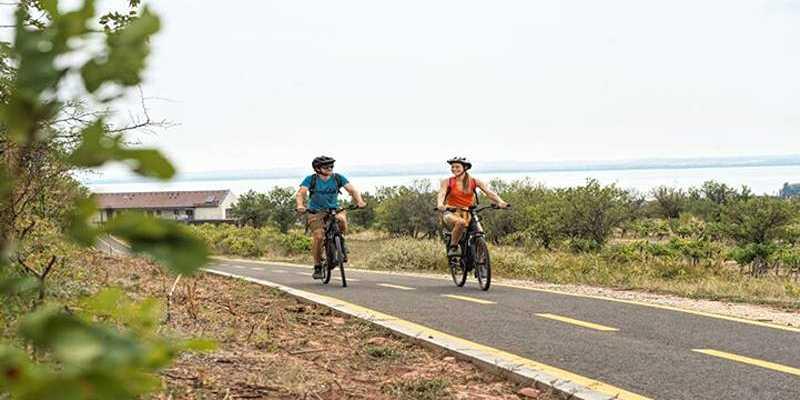
South of Paris lies the Loire Valley, a region known for peaceful riverside paths and tree-lined cycling roads. This route connects France’s capital to the green landscapes of Orléans, Blois, and eventually Tours, offering a smooth and largely flat ride.
Cyclists usually begin by following the Seine out of Paris, then transition to designated cycling paths such as the EuroVelo 3 (Scandibérique). The path offers calm rural stretches, cultivated fields, and tree-shaded rest areas that make for relaxing breaks. Orléans serves as a midway point where riders can refuel and explore local culture before continuing further into the valley.
As the ride progresses, stops in towns like Amboise and Blois offer scenic detours and a chance to explore tranquil markets, parks, and riverside walkways. Because the Loire Valley has developed an excellent cycling network, cyclists will find consistent signage, smooth roads, and bike-friendly services at frequent intervals.
3. Paris to Reims (Approx. 150–170 km)
Traveling northeast, this route leads cyclists from the bustling capital to the calm landscapes of the Marne department, ending in the graceful city of Reims. While shorter than other long-distance options, it provides a balanced experience of rural landscapes, small towns, and smooth roadways.
Cyclists exit Paris toward the east, often passing through Meaux and Château-Thierry. The ride features light elevation changes, soft rolling hills, and long stretches of agricultural land. The clear air and uncrowded roads make this journey especially attractive to cyclists who prefer wide-open views over dense forest trails.
Reims, the endpoint of this route, provides easy train access for the return journey. Its pedestrian-friendly layout and relaxed pace allow cyclists to cool down and recover after the ride. This route is excellent for two- to three-day cycling trips, especially for those seeking a quiet, reflective experience close to nature.
4. Paris to Dieppe via Avenue Verte (Approx. 230 km)
The Avenue Verte—or Green Way—is a well-known cycling corridor linking Paris with the coastal town of Dieppe in Normandy. This route is a part of a larger Paris-London cycling initiative, but it stands strong on its own as a peaceful and scenic escape.
Beginning in Paris, cyclists follow a blend of city bike lanes, forest paths, and former railway tracks. As the urban noise fades, the route transitions into countryside views filled with wooded areas, fields, and small lakes. The path often parallels disused train lines, offering a smooth and shaded surface ideal for consistent pedaling.
The journey includes a stop in Gournay-en-Bray, a popular rest point with local shops and well-marked services for cyclists. Continuing northwest, the road gradually becomes cooler and more coastal, eventually leading to the laid-back port town of Dieppe.
The Avenue Verte is particularly attractive to beginner and family cyclists thanks to its safe paths, low elevation, and access to essentials along the way. It can be completed in two or three days and provides one of the most enjoyable introductions to long-distance cycling in France.
5. Paris to Burgundy via Sens and Auxerre (Approx. 300 km)
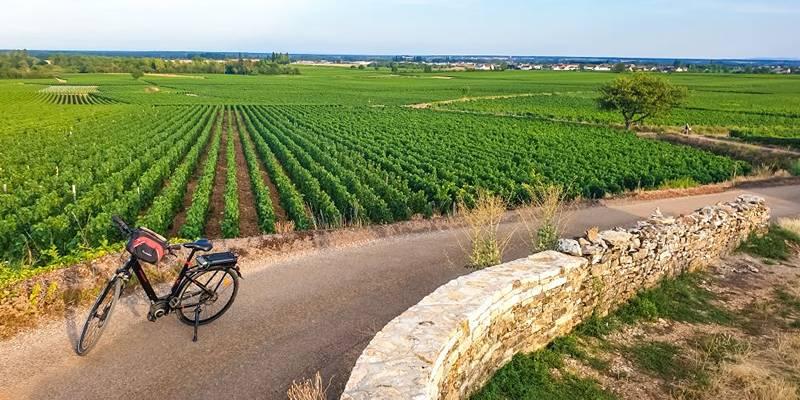
Heading southeast, this route takes riders from the heart of Paris to the picturesque region of Burgundy, known for peaceful scenery and excellent cycling conditions. The journey begins with a ride toward Melun, continuing through Sens and eventually reaching Auxerre.
The route includes a mix of canal paths, forest tracks, and quiet country roads. Riders often enjoy sections along the Yonne River, where waterside trails provide long, smooth stretches ideal for endurance riding. Towns like Joigny offer excellent rest stops, local produce markets, and places to relax before tackling the final leg.
Unlike routes that hug a single landscape, the Paris-to-Burgundy ride changes gradually, with forested areas giving way to cultivated hills and small valleys. The elevation is mild, but the route can be stretched over four to five days for an unhurried pace.
With a strong cycling infrastructure and fewer crowds than southern France, this route suits those who prefer nature-focused travel.
Conclusion
These five cycling routes offer the best of France for those starting in Paris and seeking a multi-day adventure. Each route delivers something unique—from Normandy’s sea breeze to Burgundy’s green valleys. With excellent infrastructure, clear signage, and changing scenery, these journeys provide more than just exercise—they offer a deeper, slower, and more grounded way to explore France.
For cyclists ready to step beyond city rides, these paths represent the most scenic, safe, and fulfilling options available from the French capital. With the right planning and gear, every turn of the pedal becomes part of a larger, unforgettable journey.


